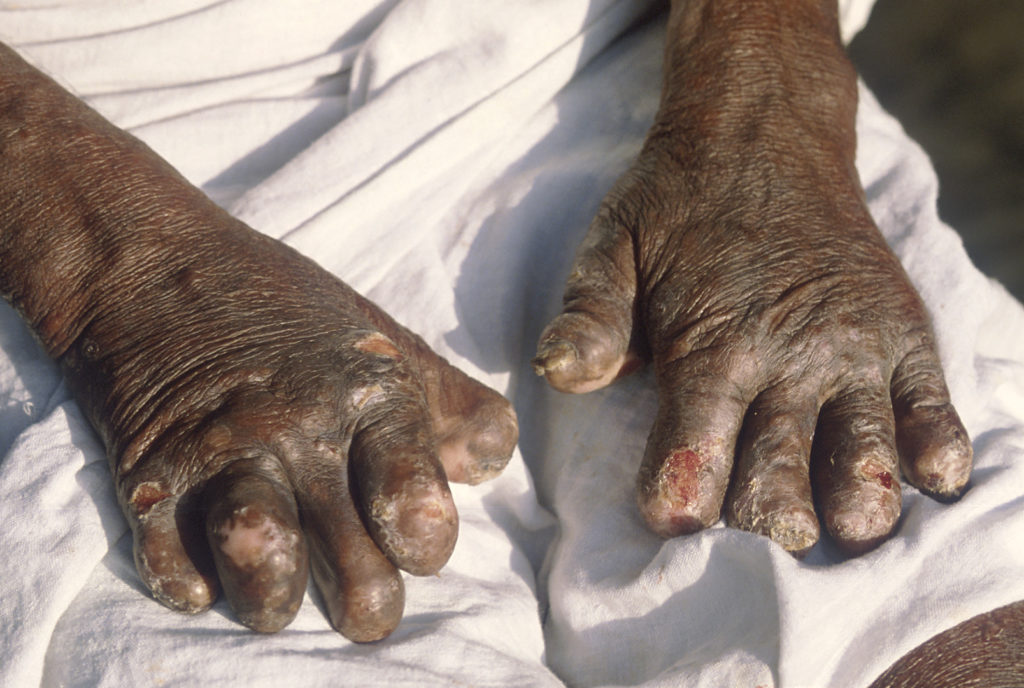9 Reasons for Hope to Eliminate Leprosy
WILLS POINT, TX – Gospel for Asia (GFA) has just released an updated special report entitled “Progress in the Fight Against Leprosy.” The most important word in that title is “progress.” Progress suggests that there is hope for eliminating leprosy. And, there is.
The Gospel for Asia (GFA) report, an addendum to 2019’s “Leprosy: Misunderstandings and Stigma Keep it Alive,” maintains that the elimination of leprosy depends upon victory along two main battlefronts: prevention and eliminating centuries-old prejudices.
Despite the lengthy and the sometimes seemingly futile battle against the disease, the Gospel for Asia (GFA) report raises a long-awaited ray of hope when it says,
“Global leprosy-elimination leaders are making exciting advances, both medically and socially, that are worth noting.”
Here are 9 valid reasons that make that statement so significant.
- Leprosy is curable. Multi-drug therapy (MDT) has been successful in curing victims of the disease since 1980.
- The World Health Organization provides the MDT free of charge in a program that has been underwritten by the Nippon Foundation and Novartis since 1995.
- Leprosy ceased being considered a public health problem by definition on a global basis in 2000 (when the disease infected fewer than one person per 10,000).
- Since 2000, more than 16 million patients have been effectively treated with MDT.
- Appropriate antibiotic treatment can prevent leprosy from spreading to those who come into contact with a patient.
- Prevention is on the horizon. A new medication, rifampicin, has been proven in clinical trials to reduce the risk of developing leprosy by as much as 60 percent.
- The World Health Organization advocates a program of “contact tracing.” Contact tracing is similar to the “double ring” strategy used to contain Ebola epidemics in Africa. Health workers attempt to identify people who have been in proximity to recent victims within the past 10 years, then take action to help them avoid contracting the debilitating disease.
That’s the medical side.

Comments
Post a Comment